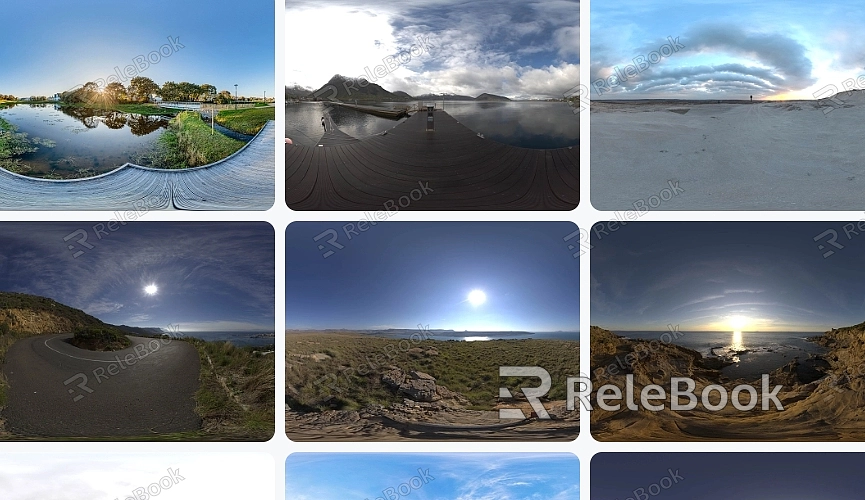what is hdr file?
HDR (High Dynamic Range) files have revolutionized the world of digital imaging, offering a new level of realism and visual fidelity. In this article, we will delve into the concept of HDR files, exploring their definition, purpose, and the benefits they bring to the world of photography and computer graphics.
What is an HDR File?
An HDR file, short for High Dynamic Range file, is an image file format that captures a wider range of luminosity levels than traditional image formats. It achieves this by combining multiple exposures of the same scene, resulting in a single image with enhanced dynamic range. This expanded range allows for more accurate representation of lighting conditions, from the deepest shadows to the brightest highlights.

Purpose and Benefits:
The primary purpose of HDR files is to create images that closely resemble what the human eye perceives in real life. By capturing a broader range of light intensities, HDR files enable photographers and graphic artists to produce stunning visuals with enhanced details, vibrant colors, and improved contrast.
One of the key benefits of HDR files is their ability to accurately reproduce scenes with challenging lighting conditions. Traditional image formats often struggle to capture both the bright areas and the dark shadows in a scene, leading to loss of detail. HDR files, on the other hand, excel in preserving details in both the highlights and shadows, resulting in a more balanced and realistic representation.
Applications of HDR Files:
HDR files find extensive use in various fields, including photography, computer graphics, and visual effects. In photography, HDR techniques are employed to capture breathtaking landscapes, architectural shots, and scenes with extreme contrast. By merging multiple exposures, photographers can create images that showcase the full range of light and shadow, resulting in stunning and immersive visuals.
In computer graphics and visual effects, HDR files are utilized to create realistic lighting and reflections in 3D rendering. By incorporating HDR textures and environment maps, artists can accurately simulate lighting conditions, adding depth and authenticity to virtual scenes.
In conclusion, HDR files have revolutionized the way we capture, process, and display images. With their ability to capture a wider dynamic range, HDR files enable us to create visuals that closely resemble the richness and complexity of the real world. Whether in photography or computer graphics, HDR files have become an invaluable tool for achieving stunning and lifelike results. If you need it, I recommend downloading HDRI from Relebook. There is no better choice than this.

